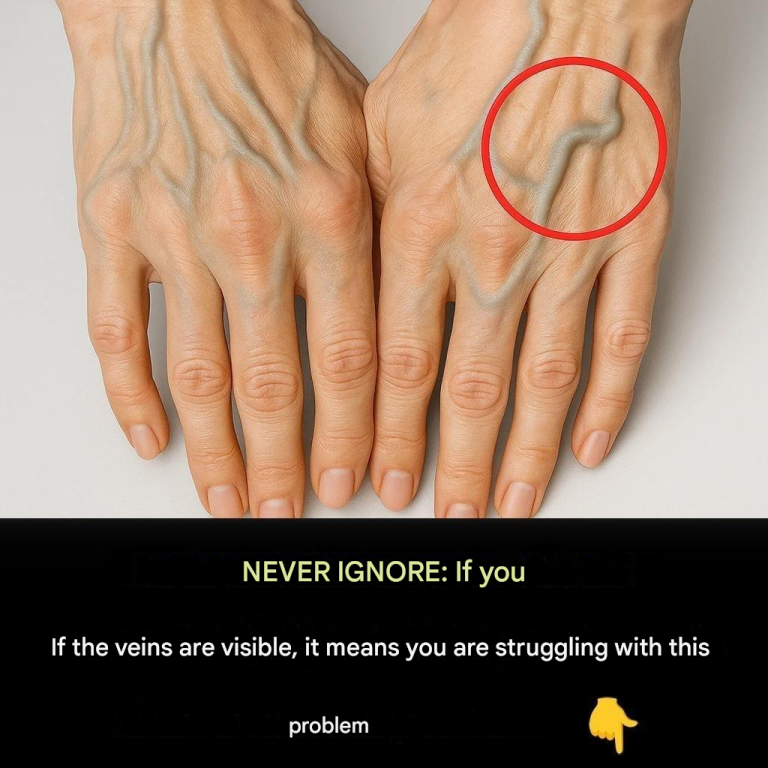If you see someone with bulging veins, you must tell them these things

When blue veins could be a warning sign
If you notice your veins becoming bulging or painful, or if they start showing redness, swelling, or warmth, don’t ignore it.
These could be signs of blood clots or other vascular problems that need immediate medical attention. Conditions like deep vein thrombosis (DVT) or pulmonary embolism can be life-threatening.
How to keep your veins healthy
You can’t always stop veins from becoming visible, but there are ways to keep them healthier:
- Stay active. Moving your legs and hands boosts circulation.
- Maintain a healthy weight. Less pressure on your veins helps.
- Avoid long periods of sitting or standing. Take breaks and stretch.
- Quit smoking. It damages your veins and blood flow.
- Wear loose clothing. Tight clothes can restrict blood flow.
If varicose veins become a problem, treatments range from compression stockings and lifestyle changes to medical procedures like sclerotherapy or surgery. But the best step is to talk with your doctor if you notice sudden changes or pain.

The takeaway: don’t panic, but don’t Ignore
Visible blue veins can just be a natural part of your body — especially if you’re pale, thin, or super active. The Cleveland Clinic says you’re definitely not alone if you’re concerned about bulging veins. It’s a pretty common issue, and in most cases, there’s no need to worry. In fact, around one in three adults deal with varicose veins, which are one of the main reasons veins can look more visible.
But if they bulge, throb, or look inflamed, it’s time to get checked. Your veins might be telling you something important about your heart and circulation health.